
A First Look at Bennu
It’s cool to know that some of the analytical techniques available at EAG, such as SEM and XRD, are being used to analyze a sample from space! How awesome is that?
Home » XRD

It’s cool to know that some of the analytical techniques available at EAG, such as SEM and XRD, are being used to analyze a sample from space! How awesome is that?

Solids fall under two main categories: amorphous and crystalline. These two types of solids have different properties that may be more beneficial for certain products or applications.

CIGS Thin Film PV performance reliability and uniformity as manufacturing is scaled up, can be optimized using materials characterization.
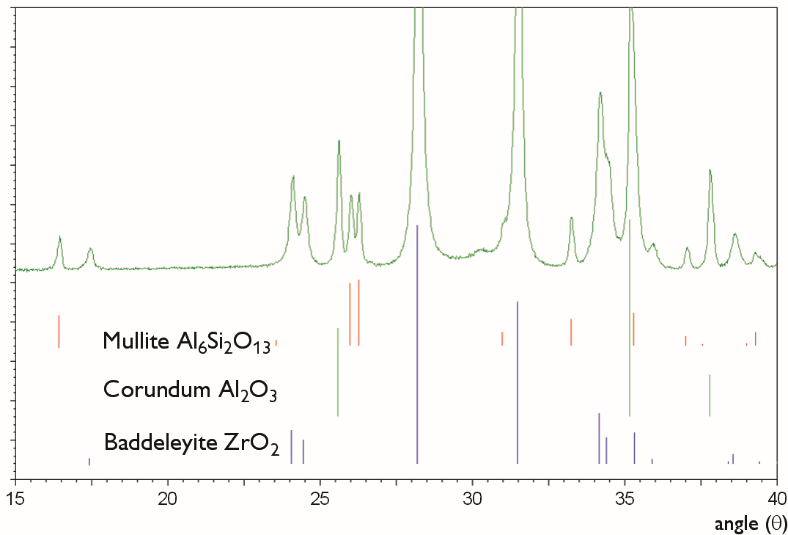
XRD and EDS analysis of refractory materials that are typically used in glass tank furnaces are zirconia, alumina and silica-based bricks.
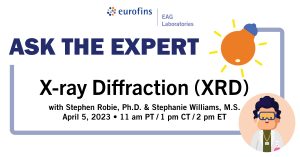
X-ray diffraction (XRD) is a powerful and versatile technique that can give detailed structural information about almost anything that is solid.
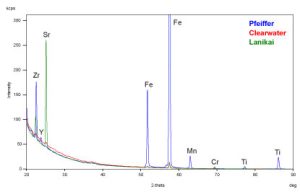
WDXRF and XRD are two powerful tools that allow us to obtain detailed characterization of materials, covering both the elemental composition and crystalline phases present.
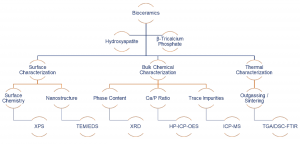
This paper will demonstrate how analytical tools can be used for the quality control of hydroxyapatite and β-tricalcium phosphate powders

February 15, 2024
Please join us for coffee and conversations! Enjoy a cup of coffee and pastries as you get to know our technical experts.
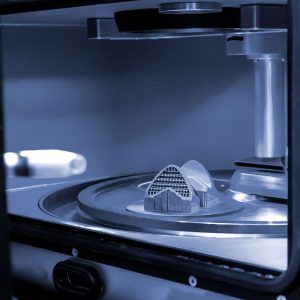
XRD analysis provides identification of crystalline phases present. For 3D printed materials that come from a matrix of multiple elements, it can be unclear whether the cooling creates one, consistent phase of material or if it separates out into multiple phases.
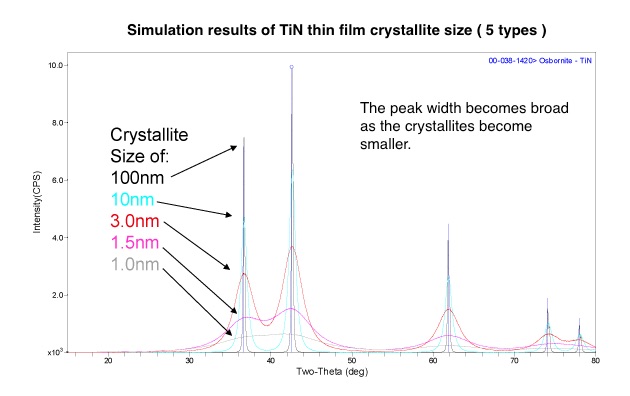
XRD analysis shows the crystallite size can be evaluated at half maximum of a diffraction peak as the crystallite size decreases.

Diatomaceous Earth’s remarkable properties make it a versatile substance with a wide range of applications.
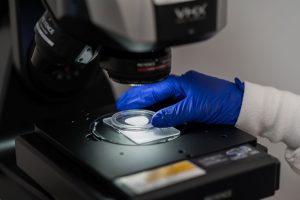
Essentials of Particulate Testing: USP <788> and AAMI TIR42 While there are many standards available for particulate testing, USP <788> and AAMI TIR42 are the
HR-XRD Measurement of Compound Semiconductors can be used to determine the composition of strained layers and thickness.
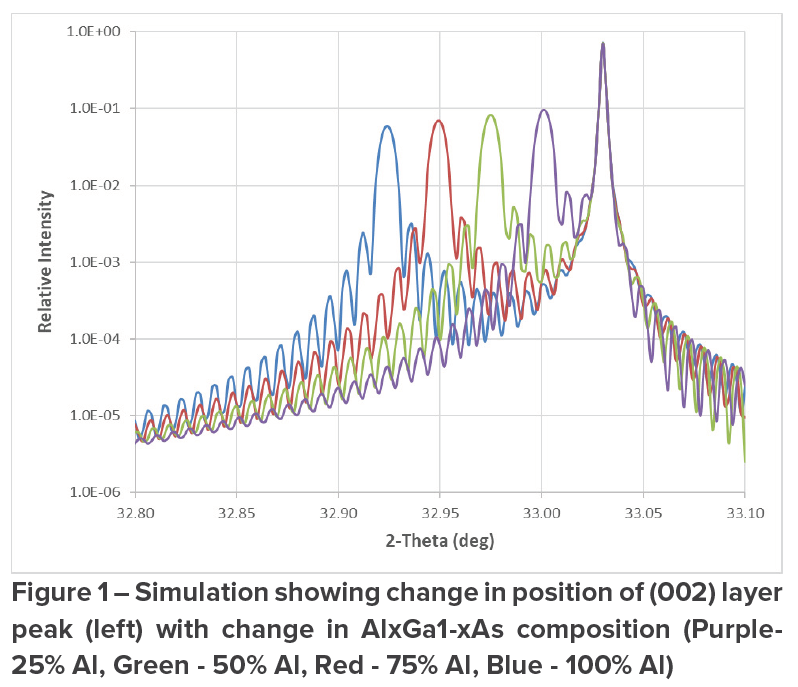
How to determine the composition of epitaxial thin films by X-ray diffraction and will focus on the analysis of AlxGa1-xAs thin films.
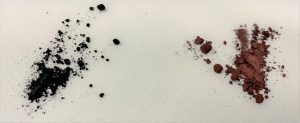
This paper describes identification of two unknown powders using Raman spectroscopy, combined with two X-ray techniques
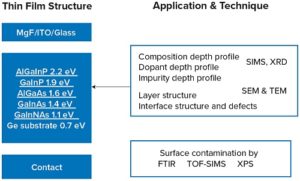
III-V solar cell technology for concentrator PV systems is the focus of this app note, illustrating the way that surface analysis can help
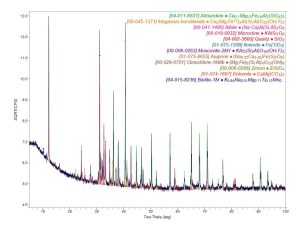
Microdiffraction can be used to identify crystalline inclusions in glass, look at film texture in a test pad on an integrated circuit, identify a single particle found in an air filter, or to identify the phosphor used in an LED.
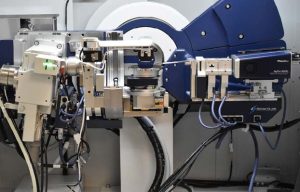
EAG has a new XRD/XRR instrument to help our clients solve challenging problems that require the analysis of small areas or volumes.

May 6-10, 2024
Eurofins EAG Laboratories will be presenting “Thermal Oxide Characterization – Heat Treat Modality vs. Composition“ on May 10th. We hope to see you there!
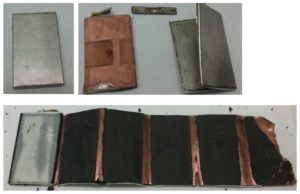
Structural and Chemical Characterization of Li-ion Batteries help to understand why batteries fail leading to safer products and improvements.
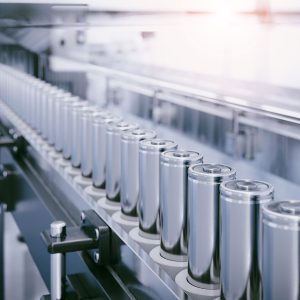
Supplier verification can be critical to the long-term success of your product and business. At Eurofins EAG, our technical experts have many years of experience working with battery materials. We are your battery partner to bring your product to market faster and more efficiently.
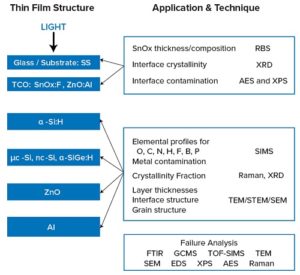
Surface analysis lab techniques on α-Si thin film PV, microcrystalline Si, nanocrystalline Si, amorphous SiGe, & microcrystalline SiC
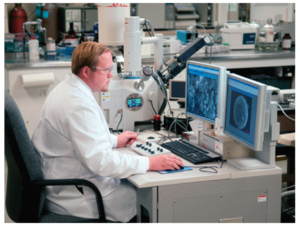
Paint deformulation separates out components to be identified with the normal analytical techniques available to the chemist.

XRD analysis can be used on many scientific and technology-based applications where you may want to identify the crystalline material in a very small area or volume, such as glass defects or inclusions, integrated circuits, LEDs and more.
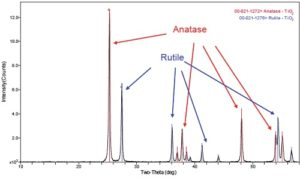
X-ray Diffraction XRD Services from EAG Laboratories is a powerful nondestructive technique for characterizing crystalline materials.
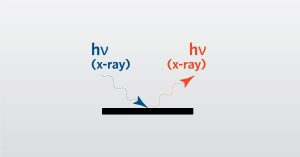
In this webinar we introduce X-ray Diffraction (XRD) which is a analytical technique for the examination of crystalline materials.
To enable certain features and improve your experience with us, this site stores cookies on your computer. Please click Continue to provide your authorization and permanently remove this message.
To find out more, please see our privacy policy.